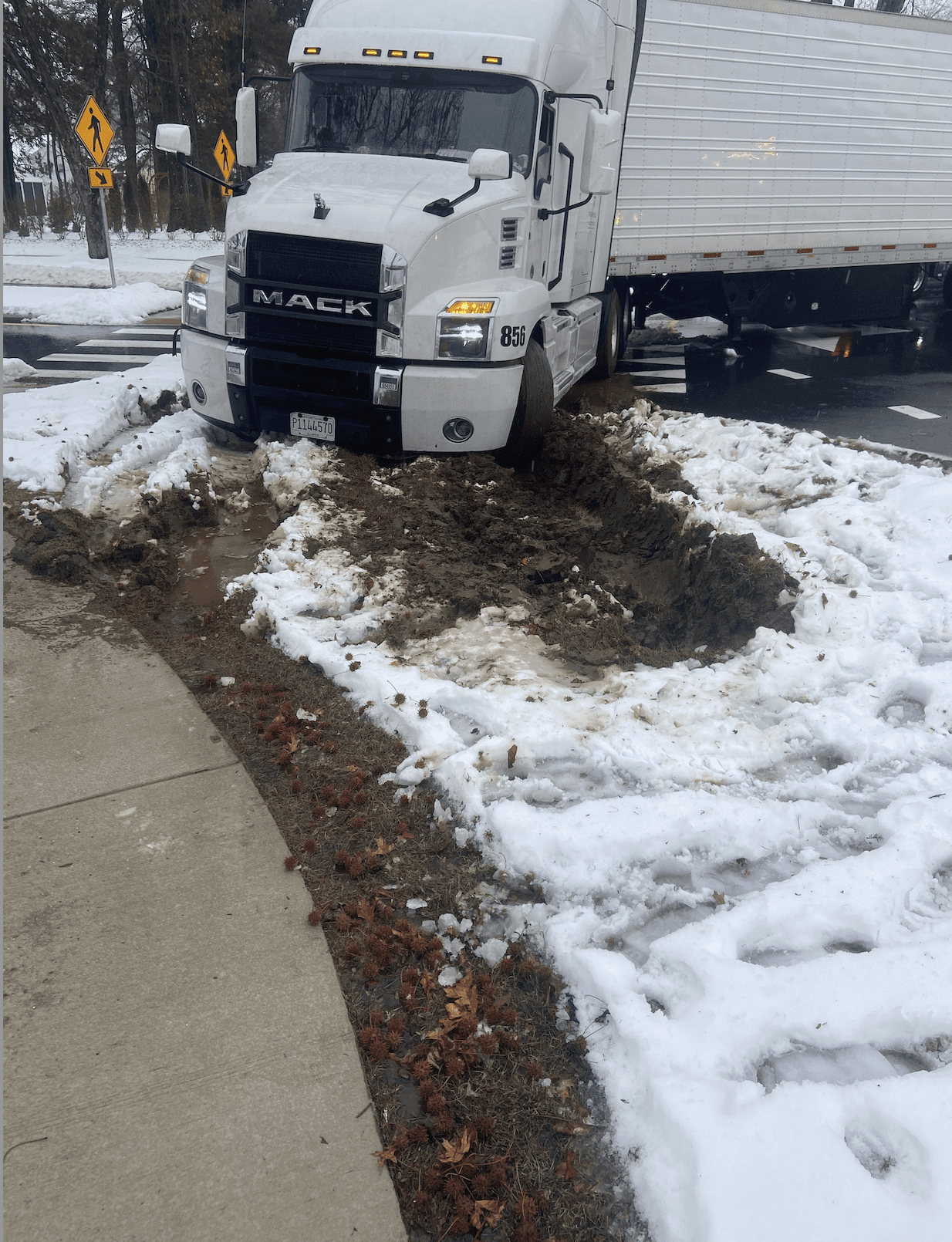Growing CT Revenues: Too Much of a Good Thing?

Audio By Carbonatix

Connecticut State Capitol. Photo credit: Ronni Newton (we-ha.com file photo)
The state’s budget reserve has grown to an unprecedented level, but it wouldn’t be enough to plug the hole in the next budget, and it’s not quite at the level the the comptroller says should be held in reserve.
By Keith M. Phaneuf, CTMirror.org
As hard as it is to believe, there’s a time when having almost $2.7 billion in the bank creates problems. Now could be one of those times.
The state’s $1.2 billion budget reserve – its rainy day fund – could grow to an unprecedented $2.65 billion this coming fall, based on a new revenue report issued Tuesday.
So what’s the problem?
Connecticut’s piggy bank keeps growing fatter even as Gov. Ned Lamont asks lawmakers to limit spending growth in the next budget, order hundreds of millions of dollars in new taxes, and shift billions of dollars in pension debt – plus interest – onto the next generation of taxpayers.
The potential reserve still doesn’t equal three-quarters of the fiscal hole built into the next two-year state budget.
Nor does it match the fiscal cushion Comptroller Kevin P. Lembo says Connecticut should have.
Still, the thought of $2.7 billion in the bank is pretty tempting, especially to the governor’s fellow Democrats, who control the legislature. But since his inaugural address to legislators, Lamont has been repeating the same phrase: hands off.
“I want to be clear – no more funny math or budgetary gamesmanship,” Lamont said back on Jan. 9. “I come from the world of small business where the numbers have to add up at the end of the month or the lights go out.”
When he took office, projections were that state finances, unless adjusted, would run $1.7 billion in deficit next fiscal year and $2 billion in the red in 2020-21.
Connecticut had $1.2 billion in its reserves at the time, enough to cover 6 percent of annual operating expenses. Lembo recommends a reserve of 15 percent and Connecticut never has amassed more than 8 percent.
But things have gotten better since then.
The legislature’s nonpartisan Office of Fiscal Analysis and the governor’s budget staff projected Tuesday that overall General Fund revenues have come in $357 million higher this fiscal year than anticipated earlier.
Income tax receipts from paycheck withholding are up as unemployment has shrunk. The other big leap has come from increased business tax payments.
That growth falls short of last year’s April income tax bonanza, but is much better than the revenue plunge Connecticut faced in the spring of 2017.
Also, analysts have raised revenue expectations for each of the next two fiscal years by an average of about $400 million per year.
Connecticut’s $1.2 billion reserve had been projected to reach $2.3 billion by Sept. 30. [The fiscal year ends on June 30 but the comptroller doesn’t audit and close the books until Sept. 30.]
The latest report pushes the total to $2.65 billion – a record-setting reserve just over 13.5 percent.
Lawmakers would like to use some of that money to mitigate the unpleasant parts of Lamont’s February budget proposal:
- Generating hundreds of millions of dollars by eliminating sales tax exemptions and raising “sin tax” rates on sugary beverages, vaping products and plastic bags.
- Deferring $640 million in pension payments over the next two years – and $8 billion by 2032 – and then asking Connecticut’s next generation to replace it, plus interest. The estimated bill taxpayers would foot between 2033 and 2049 is $27.5 billion.
Democrat-controlled budget panels have adopted proposals for the upcoming budget cycle that could easily mesh with the governor’s plans. But there’s been plenty of grumbling and many Democratic leaders say there’s plenty of negotiating that still has to happen between the legislative and executive branches.
Republicans, who hold minorities in both the House and Senate, have shown no willingness to support tax hikes. But neither have they recommended enough spending cuts to close the projected deficits.
“The unbalanced budget offered by Governor Lamont and the shaky spending plan Democrats proposed today would move our state in the opposite direction of the progress we’ve made,” Senate Minority Leader Len Fasano, R-North Haven, said Tuesday. “Now is not the time to abandon fiscal restraint. … All economists have predicted a recession is on the horizon. Connecticut needs to remain cautious.”
House Speaker Joe Aresimowicz, D-Berlin, said he understands why many legislators are wary of the tax hikes, and the pension cost-shift. House Democrats still are negotiating with the governor on these proposals, and nothing is resolved yet.”
But the speaker added it’s clear that long-term budget stability is a problem that can’t be solved simply by cracking into the budget reserves. In other words, even $2.7 billion doesn’t go that far.
“I understand the desire to want to spend that money, but the reality is we could find ourselves right back in recession in the next few years,” the speaker said. “And before last year we had just come off four consecutive years of painful budget cycles.”
So is there room for compromise?
The Lamont administration did not comment Tuesday on the expanded reserves.
But Aresimowicz said he believes the two sides could find middle ground in economic development.
Investments in job training, brownfield remediation and other options that could reduce unemployment and bolster earnings could draw strong support, he said.
“Look for strategic investments to grow our economy, which is something we all want,” the speaker added. “Then let’s see.”
Reprinted with permission of The Connecticut Mirror. The author can be reached at [email protected].
Like what you see here? Click here to subscribe to We-Ha’s newsletter so you’ll always be in the know about what’s happening in West Hartford!



